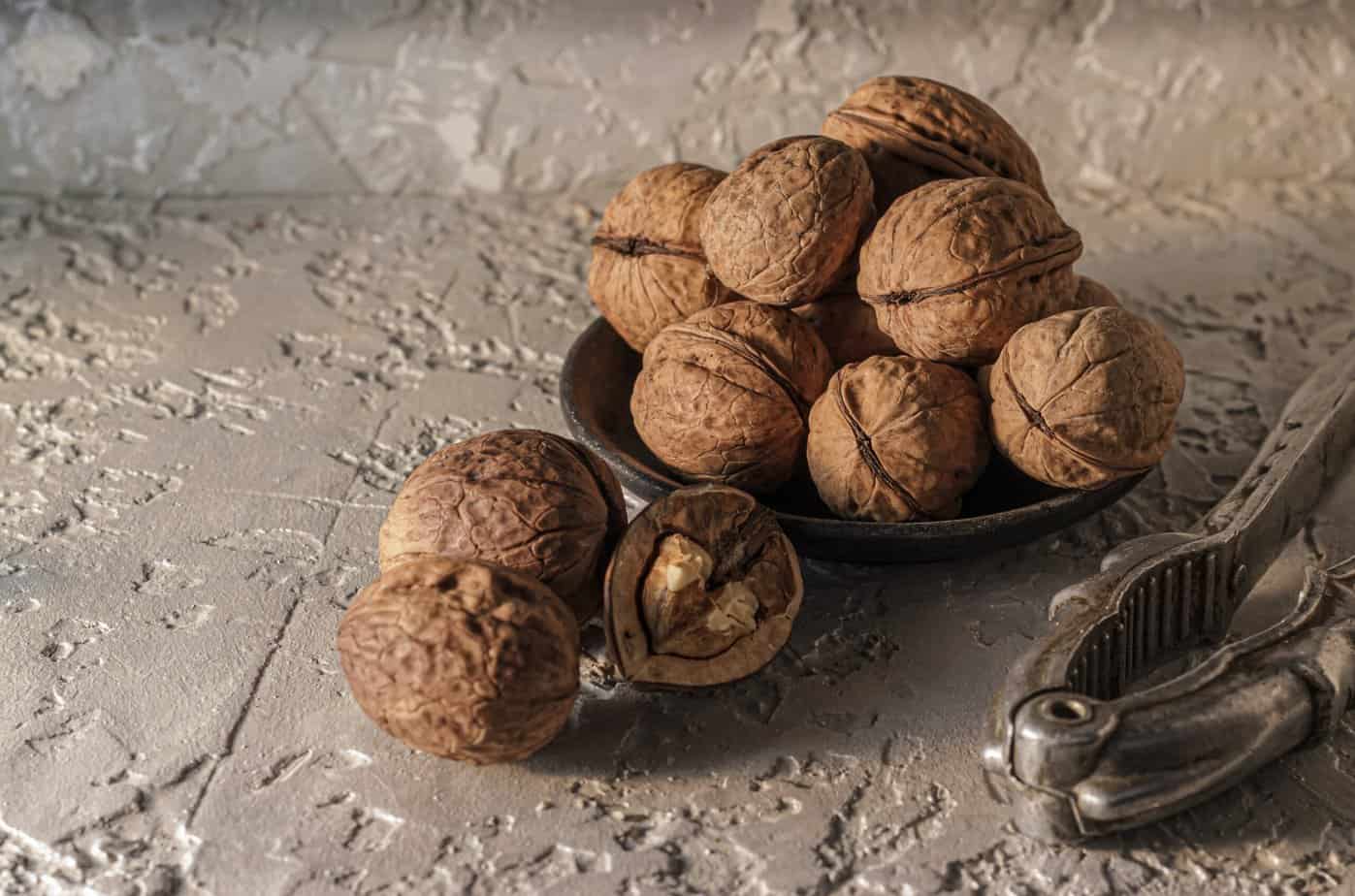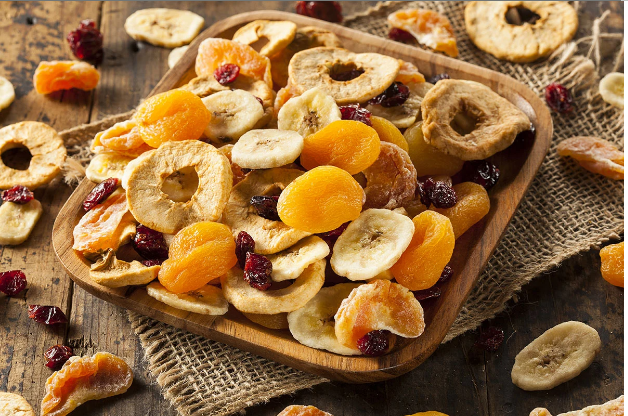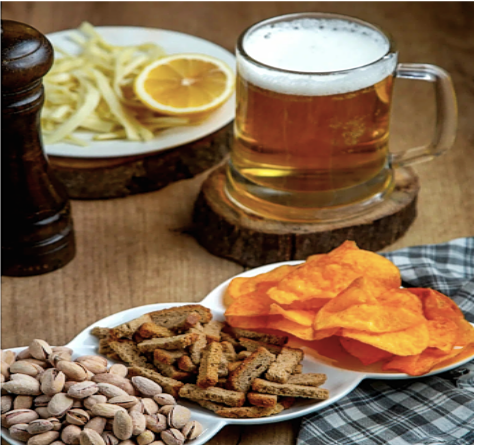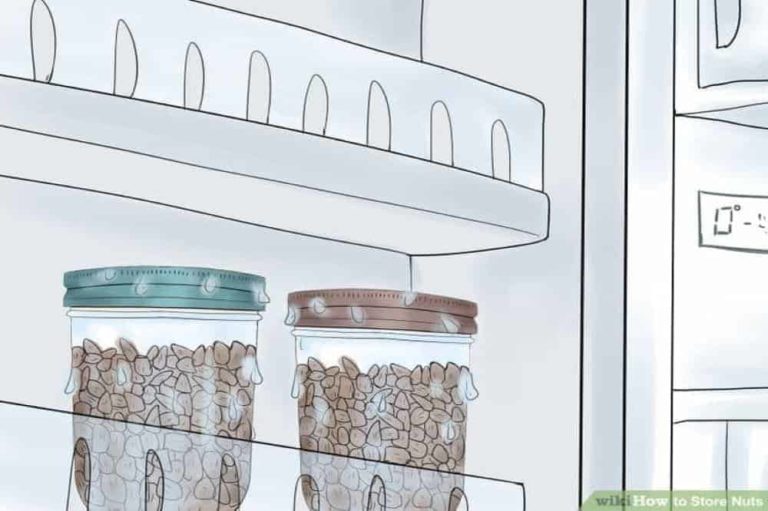Your cart is currently empty!
Walnuts Processing And Products | The Walnut’s Production

Walnut processing and products contain multiple important steps. Shellers, processors, and end-users of walnuts plan their production and advertising programs two or more years in advance. Rising costs of materials, labor, and the consumer’s demand for stricter sanitation and better quality of pecans, are resulting in a larger outlay of money, machinery, and equipment. There are many examples of the necessity for the industry to modernize. They include better refrigeration for shelled and unshelled nuts, the use of electric sorting equipment for color grading, and more controlled dryers.
On the marketing side, I would put better packaging and larger operations for less seasonal sales cycles. Many shelling plants now shell as many nuts in one day as they did in three months 25 years ago. That is good for the supply side, But, the real innovation is that shelling can happen year-round. Picture a world where walnut producers can give customers the ability to get fresh walnuts year-round. That would be real innovation for the industry.
Walnuts Processing And Products
Walnuts for sale are “in-shell” or shelled “kernels.” The usage trend has been moving from the in-shell to shelled form since the development of automatic shelling equipment in about 1925. Now about 90% of all nuts are marketed as kernels or meats. Most in-shell walnuts are of the large, improved varieties, featured as holiday or gift specialties, or exported for home consumption. They are usually sold in one-pound bags or boxes, may be polished, waxed, and sometimes dyed.
Drying Walnuts
Drying is a part of the ripening process and is one of the first signs of maturity. When harvested, the kernel-moisture content may be as high as 35% and must be reduced to about 40% before the nuts are considered stable against molding, discoloration, development of off-flavors, and rancidity. Drying in-shell walnuts to the optimum moisture range for kernels is advantageous for stabilizing prior to shelling. In-shell drying permits cracking and shelling when the kernels have maximum stability and eliminates secondary abrasion from dehydration after shelling.
Experiments show no significant changes in kernel flavor, odor, color, or general appearance during dehydration at 175° and 200° F. or after equilibrium in sealed containers for eight days at ambient temperature. 225° F. had a good but slightly reduced flavor. The quality is not impaired. However, after the equilibrium period, kernels dried for 15-20 minutes at
provided kernel temperature that does not exceed 145° F. during rapid drying.
Moisture Levels In Drying Walnuts

Nuts equilibrated in-shell consistently have lower kernel moisture levels than corresponding samples shelled immediately on removal from the drier. This indicates a transfer of moisture from the kernels to the shells during the equilibration period. At a given temperature, the sole requirement for such a moisture transfer is that the shells be drier than the kernels. Shell materials account for about 50% of the total weight of walnuts but contain 23 of the moisture. The ratio of the shell weight to kernel weight and the ratio of shell moisture to kernel moisture immediately upon leaving the drier determines the equilibrium moisture of the unshelled nuts after storage.
In-shell equilibrium is essential for rapidly dehydrating walnuts to the optimum kernel moisture without damaging kernel quality. The optimum drying temperature is about 200° F., at which kernel moisture will drop to 4.2% in 17 minutes. These nuts equilibrate at 3.5% moisture. Walnut processing and products take several steps to ensure quality control.
Kernal Recovery
The Romberg (1940, 1941) kernel recovery process for the separation of walnut shells and kernels involves their rehydration in water and separation in brine. During the process, the recovered walnut meats attain moisture levels of 15-20%, and some of the natural antioxidants are lost by flaking or extracting both the pellicle and kernel. Advantageously, this process removes surface oil on abraded or fragmented kernels. However, dehydration to within the optimum moisture range must be effected within a short time after the kernels are separated in order to minimize kernel deterioration.
The cascade-type drier employed for drying high moisture kernels obtained from the recovery process affords minimum abrasion of kernels. However, drying requires a time of 100 to 120 minutes per unit batch. Other disadvantages of the cascade drier include its large space requirement and the extensive periodic overhauls required.
The belt-trough drier has the following advantages:
- It is highly efficient; it has a large capacity, requires minimum space and maintenance, operates continuously, and affects rapid drying with
minimum abrasion of soft and delicate products. - Dehydration at 255° F. reduces the moisture of meats from 20% to 3.5% in 65 minutes without off-
flavors. - Drying to 3.2% moisture or lower produces a slightly toasted flavor followed by more rapid deterioration. Drying kernels on the belt-trough drier develops a slight polish, although it minimizes kernel abrasion.
Diamond Walnut Growers
Diamond Walnut Growers, Inc., handles over 80% of the walnut crop with about 11,000 members. The Walnut Control Board sets the percentage of the crop that can be sold in the shell and the percentage that must be shelled. In recent years, there has been a good return for better quality walnuts in the shell. They can market only a limited tonnage at good prices.
Plant Facilities

The Diamond Walnut Growers Associated facilities are located on a 50-acre tract in Stockton, California. The plant has four 700-ft. long rail spurs through the entire structure and dock accommodations for ten clear stacking trailer trucks. Storage bays measure 80 × 60 ft., with a height of 20 ft. from floor to roof, and are maintained at 34° F. with 60% relative humidity. Columns to restrict fork-truck movement. Large doors permit rail cars.
The floor of the 13-acre plant is on one level, and there are no interfering movements in the refrigerated areas. The handling system employs railcar bulk transport and in-plant conveyor systems to replace lift trucks. This eliminates the costly handling and maintenance of millions of bags. The conveyor system for handling shelling stock is rather complex and entirely mechanized.
Product Handling
They use about 60-65% of more than one million bags (100-lb. size) for in-shell packaging. They receive the stock in bulk by rail-car or trucks. The groundcrew will scoop rail shipments from cars onto conveyors, which then feed into conveyors supplying storage bins. They weigh truck deliveries, and then dump the loads into a hopper from which the nuts are moved to storage bins. Here, they size grade the nuts.
They convey the nuts from storage as needed to the shelling department, where they crack them and convey them further to air separators, where they sort meats from shells and fiber. Bucket elevators and conveyor systems move the meats to electronic color graders, manual inspection tables, and the station for final packaging in tins or bulk cartons.
Quality control of walnuts begins in the field, where a crew of 21 inspectors sees that every lot of walnuts is checked before shipping to the plant. The main concern is to evaluate the percent of sound, edible, light-colored kernels. To do this, fieldmen first take samples of nuts from a lot, crack them, and grade the kernels, counting the number of blank splits and defective nuts.
Next Step In Product Handling
After removing culls, they then grade the lot into three sizes (large, medium, and baby) and store them separately. They grade each of these fractions for quality and tag them for in-plant identification. People pay the grower based on the last evaluation.
They take a one-pound sample at the main plant every three to four minutes. They take them from secondary storage bins as they fill them. The results of this grading determines fitness for packaging or the need for regrating in the electric sorter. Walnut processing and product handling goes through several tests to make sure the best product emerges.
A battery of 50 electronic sorters handles 4,500 to 8,750 pounds of nut meats per hour. A job that would take 250 to 400 manual workers working only with hands. Eath color-sorter handles nutmeats at 90-175 pounds per hour. Each unit accepts products within a narrow, fixed color range and rejects all others. Thus, if you set the unit to select top-quality meats, the photo-electric device will accept meats of this color and chute them to straight-through conveyors and elevators. They put nutmeats of other shades in a chute, and conveyors and elevators whisk them into secondary storage bins. In the final processing step, nutmeats pass through a bank of air separators, then go down a chute to a can or bulk packaging bins.
By-Product Processes
While they use most of the shells for boiler fuel, they sell a part of them for “sandblasting” uses. Also, two processing techniques recover other products. Even with efficient air separation, the shells still retain about five percent of nutmeats. Thus, they use a wet-separation technique, the Armstrong Process, to recover some 4,000 lb. of these remaining good-quality edible meats per eight-hour shift.
After air separation, they batch the material in tanks. Workers draw and hold a 28½ inch vacuum for one hour to remove air from shell cells. Next, they break the vacuum and introduce freshwater under five pounds per square inch for one-half hour to soak shells. They then drop the tank’s contents into a conveyer that carries the waterlogged shells to a brine separation tank. Here, the meats, lighter than the water-soaked shells, are separated by flotation, spray washed in a bucket elevator, and centrifuged. They then surface-dry meats to four percent moisture in a dehydrator and conveyor them to inspection tables. This product is 99.9% shell free.
Workers air convey the shells to storage bins for further processing into by-products. They use walnut hulls to dye fabric for Japanese-style rugs and dresses. There still remains a potential of ¼ to 1% of nutmeats in the shells. Therefore, further extraction is economically feasible. They move the material from shell storage bins to a disk mill and shaker. The workers mix the resultant meal, “concentrate,” with inedible meats (discarded from grading operations) and press it in a French oil mill of the expeller type.
They use the walnut oil with rapid drying characteristics in paints. They pump it into rail tank cars for shipment. People grind, screen, and bag the high-protein expeller cake for stock feed. Society creates all these byproducts.







